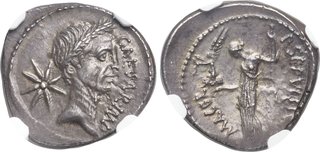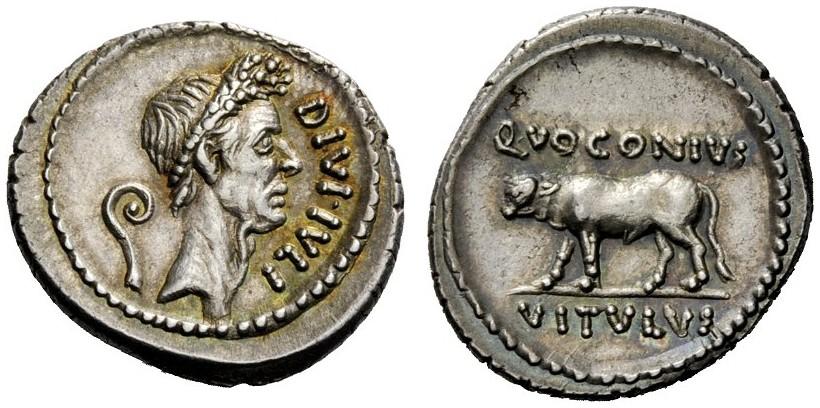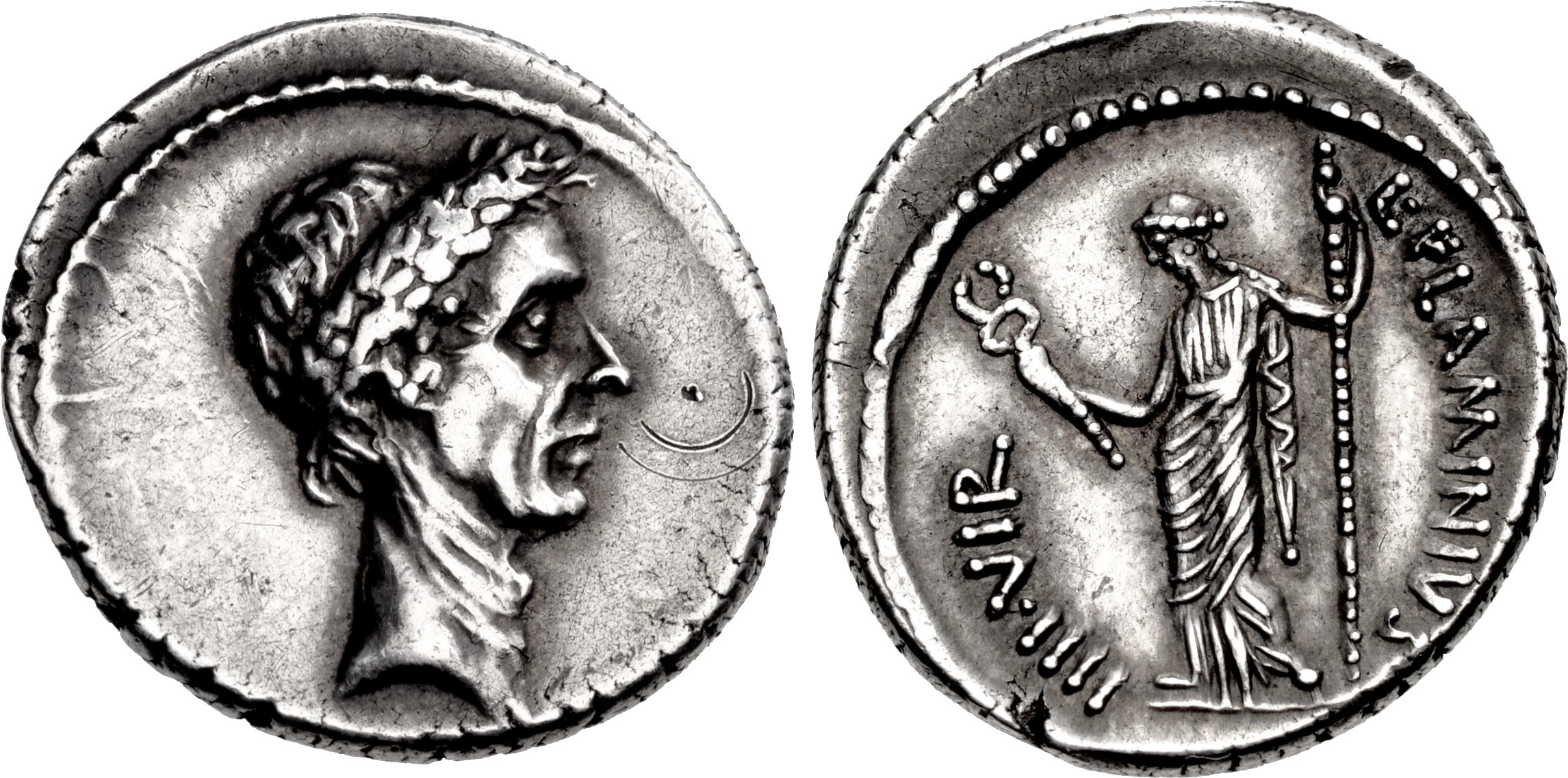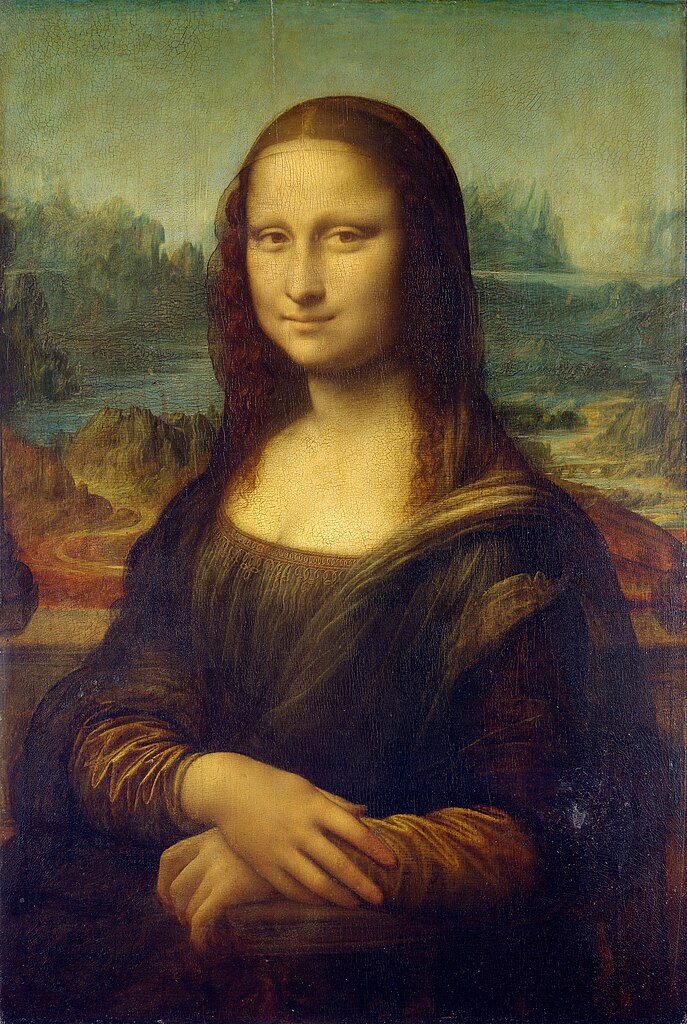Nowhere is the fine style portrait quite so underappreciated as in the coinage of Rome.
From the fist coinage during the era of the Punic Wars with Carthage through to the Imperatorial Era of the civil wars following Julius Caesar's assassination the coinage of Rome (with a very few notable exceptions) is at best proficient, and more often crude. This is especially true with the portraits, few of which have been identified with any certainty.
For the collector, the period of coinage relies more on historical interest and rarity to determine value.
This is true until the advent of Julius Caesar.
Though Rome was a Republic when Caesar was born (or Res Publica - a Thing of the People) the era of the humble republican citizen politician was long over. Caesar's father's sister was married to Marius, who was engaged in a series of civil wars with Sulla. When Sulla ascended, Caesar had to flee Rome. As a young man he spent much time in the court of Nicomedes in Bythinia, where he was tutored in the Greek Arts (a source of unflattering rumor later in his career).
When he returned to Rome he began a political career the ended when he became Rome's first Dictator for Life in 44 BC.
During the final years of his life he began a series of Portrait Coins bearing his own image. This coinage is indeed extensive as much of it was used to pay his enormous army. Much of it is very crude in the Roman tradition.

a very crude Caesar portrait with a very high technical grade.
However, some of this portrait coinage was engraved by artists of great talent - whose identities have been lost - but who were either of Greek origin or had been trained in the Greek tradition of portraiture.
In the words of Horace: "Captive Greece captured the victor (Rome) and brought the Arts to rustic Latium."
After Julius Caesar, Octavian became Emperor and he in turn invited many celebrated Greek artists to his court where they engraved many coins with portraits of beautiful style. And so it was with every Emperor that followed during the ascending period of the empire.
But the eternal question: How do we judge fine style?


The caesar portrait above sold for $100,000 in a recent NAC aucttion.
The portrait below sold for $30,000 in a recent CNG auction
The condition of the one on top is undoubtedly superior.
Both coins are described by respected catalogers as "Fine style."
Yet the coin above is a cartoonish caricature of Caesar while the one below is a masterpiece of portraiture.
Why do I say that? There is so much personality in the face of the portrait below. Is shows a noble yet care-worn visage, proud perhaps to a fault, yet burdened by power of position. I know I am not alone in thinking that this is one of the true masterpieces of Roman portraiture.
The coin above is a cartoon, plain and simple.
It is quite absurd, in my opinion, that the coin above would cost more than the one below.
It is purely a function of the condition bias in the coin world, that exists in no other art medium.
Take the two paintings below for example:


The one above by Leonardo Da Vinci has been vandalized several times, once with acid - and restored several times, It would receive a surface grade of 1/5 from NGC, and probably get an overall grade of VF.
The one by Cynthia Snyder, a fine canadian artistst is in CH MS 5/5 condition.
Yet the one above is the most valuable painting in the world, and the one below is very modestly priced.
How can this be? It would seem crazy to a coin collector. Yet it is true!
Does this mean that the painting market is bizarrely priced? Or is it the coin market bizarrely priced?
Only time willl tell.
No comments:
Post a Comment